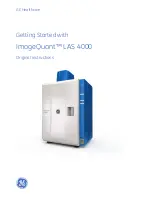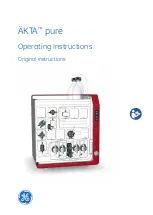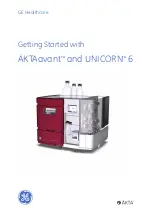
39/78
06/02/2008
1.00
Piping the remote cooling unit
Method
Take the following steps:
Step
Action
1
The separate cooling unit is always delivered filled with nitrogen (N
2
).
Check whether the unit is still under pressure.
If not, check for leaks and repair.
2
Place the suction pipe and then the liquid pipe. The diameter of the
pipes depends on the type of cooling unit.
Take the following into account:
Always use sealed and dehydrated copper pipes especially for
refrigeration engineering.
The distance between the compressor and the tank should not
exceed 10 metres.
The horizontal suction pipe should slope slightly down towards the
compressor.
If the cooling unit is placed higher than the tank, an oil trap (as
small as possible)
has
to be made in the suction pipe before the
vertically placed pipe (see drawing on next page).
Preferably mount the liquid pipe against the suction pipe so that a
heatchanger is created.
3
Carry out a pressure test: connect a low and high-pressure manometer
to the compressor. Put the compressor under pressure (maximum
2500 kPa) with nitrogen (N
2
) and check for leaks. If necessary, repair
the leaks and do the pressure test again.
4
Using a 2-step vacuum pump, vacuum the system fully for at least 1
hour.
5
Put the system under pressure with the right type of cooling agent (see
identification plate of the milk cooling tank).
















































